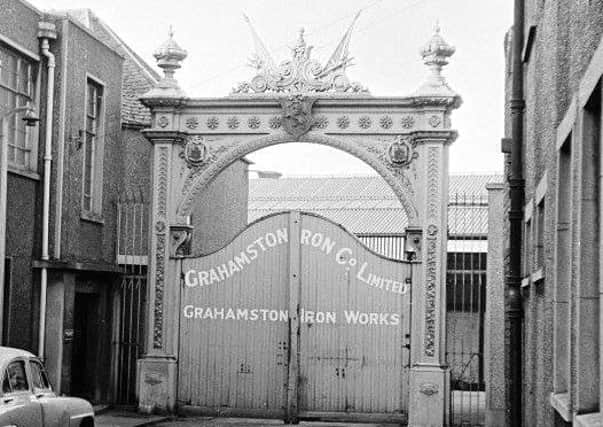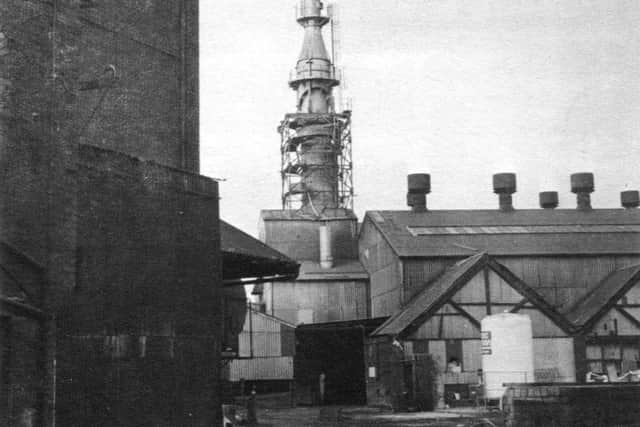The life and times of Grahamston foundries


It is a depressing sight and hard to believe that a century ago this was the beating heart of Falkirk’s iron industry where almost 1000 workers produced some of the world’s finest cast iron products.
The two great foundries, Grahamston and Gowanbank, were known to everyone by the names of the families which established them in the Victorian era, that is Mitchell’s and Cockburn’s. Both foundries backed onto the Forth and Clyde Canal which was a key artery for raw materials and finished goods and both followed the trail blazed by Carron Company into the lucrative and constantly expanding cast iron market.
Advertisement
Hide AdAdvertisement
Hide AdFirst in the field was Malcolm Cockburn in 1864. His father had worked in Carron and he joined Falkirk Iron Company as a stock taker rising to become manager of the Union Foundry in Camelon and in 1860 a founding partner in Burnbank Foundry in Bainsford. After starting Gowanbank he opened the Springfield Foundry in Falkirk and, according to the historian of the company, his success was based on making high demands of his workers. When one complained that he was always finding faults with the castings he replied “when I was a laddie in Fa’kirk Foondry I was paid for findin’ faults.”


Next door in 1868 William Thomson Mitchell of Bonnybridge opened Grahamston Foundry. He had served his apprenticeship at Carron and had gone on to be foreman patternmaker at McFarlane’s famous Saracen works in Glasgow.
The new venture in Grahamston was a great success and was soon third in size to Carron and Falkirk Iron Company. Mitchell’s like Cockburn’s produced the usual array of cast products like stoves, cooking ranges, pipes and boilers and in World War One both foundries turned to manufacturing shells and grenades for the military.
Before that, in 1886, Mitchell’s produced the famous blue gates for the Edinburgh International Exhibition which today stand outside Carron Phoenix. Weighing in at 20 tons they were said to be the biggest iron gates in the world.
Advertisement
Hide AdAdvertisement
Hide AdCockburn’s most famous and profitable products were enamelled baths and in the early 20th century the company was the largest bath manufacturer in Britain.


This became especially important in the 1920s and 30s when amalgamations brought specialisation and the firm had to concentrate on the baths. Both firms survived throughout the century while others were closing but the decline in demand accelerated after the second war and Cockburn’s eventually closed in 1977. Mitchell’s, the last iron works in the town, followed in the 1990s.
Back in Victorian Falkirk the founders of the two companies played their full part in the community. Malcolm Cockburn was chairman of the gasworks, the Savings Bank and the Falkirk School Board. He was vice-president of Falkirk Infirmary, started the YMCA, was Provost of Falkirk and an Honorary Sheriff Substitute for Stirlingshire. In return a grateful burgh named a new street after him! William Thomson Mitchell had a similar if slightly less comprehensive CV but was a Falkirk Burgh councillor from 1878 and was appointed a bailie in recognition of his services.
Not much remains today to remind us of their contribution to the growth and prosperity of the community or indeed of the hard graft of the thousands of skilled workers on which that prosperity depended.
A perfect place for the long overdue iron founding museum with access from the canal? One day maybe.